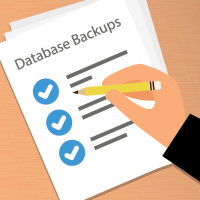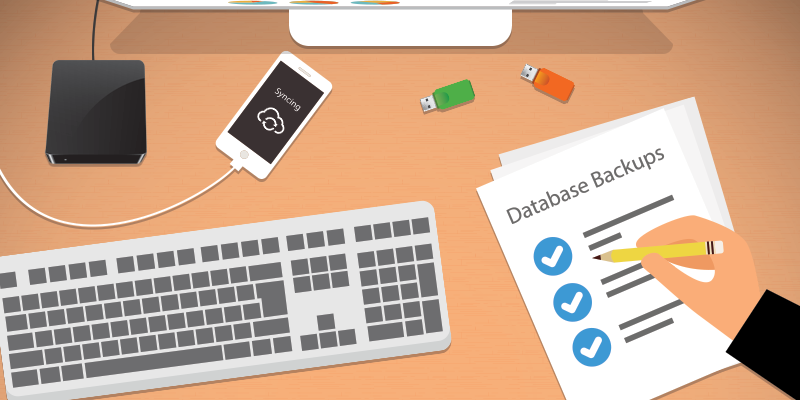Disaster Recovery: 4 Tips for Creating Your Disaster Recovery Plan

In our new series, we’re covering everything you need to know to create a disaster recovery plan. This post provides tips for creating your plan.
At Internet Creations, we take data backup very seriously. A loss of data can cause a significant break in business operations. Depending on the depth of the loss, a disaster may even result in a line-of-business interruption that can significantly impede your organization’s ability to operate.
However, a disaster recovery plan can help you minimize the negative effects of a disaster and keep your organization functioning when disaster strikes.
Here are four helpful tips for creating a disaster recovery plan for your organization.
- Create a list of all items to be backed up. Include any cloud services containing business data. Think on a granular scale. For example, list any network drive shares with data, exchange email databases, application databases, etc.
- If your backup is a selection-based backup, make sure that the selections are well documented. For a selection-based backup, you choose the files and directories you want to back up. Without proper documentation and staff awareness, there is always the possibility that someone will create a new data store location that will not be added to the backup.
- Determine what an acceptable amount of data loss is. I realize it sounds strange that any amount is acceptable, but you need to think in terms of hours. For example, if you back up nightly at 9pm, and a disaster strikes at 7pm, you will have approximately 22 hours of lost data. Anything modified or created in the timespan since the last backup will be lost. If that is unacceptable for some or all of your data, then you need to design your backup strategy based on that information. If you store sales order data in a database, you would not want to lose 22 hours’ worth of customer sales. You may determine that backups need to be performed every two hours. Or possibly every 15 minutes.
- Create a list of everything you will need to perform the data restore. For example, If you have purchased operating system licensing, you need to make sure that you will be able to recreate or reactivate a restored server. This information should be stored both on- and off-site. If you are using legacy systems, make sure that install media is available, since you may not be able to acquire a new copy of the media easily.
Once your backup is established, you must test it. Without successful testing, a backup is only worth as much as the media it is stored on.
With successful testing, you will be able to avoid the added stress of “figuring out” what you need to do to get your systems back if disaster does indeed strike. In our next post, we’ll explain how to take a little time to review your organization’s critical data, come up with a plan, and test it.
What are your tips for creating a disaster recovery plan? Share your thoughts in the comments!
- 4 Hidden Costs of Aging Technology - December 23, 2015
- Disaster Recovery: How to Test Your Disaster Recovery Plan - October 7, 2015
- Disaster Recovery: 4 Tips for Creating Your Disaster Recovery Plan - September 23, 2015



